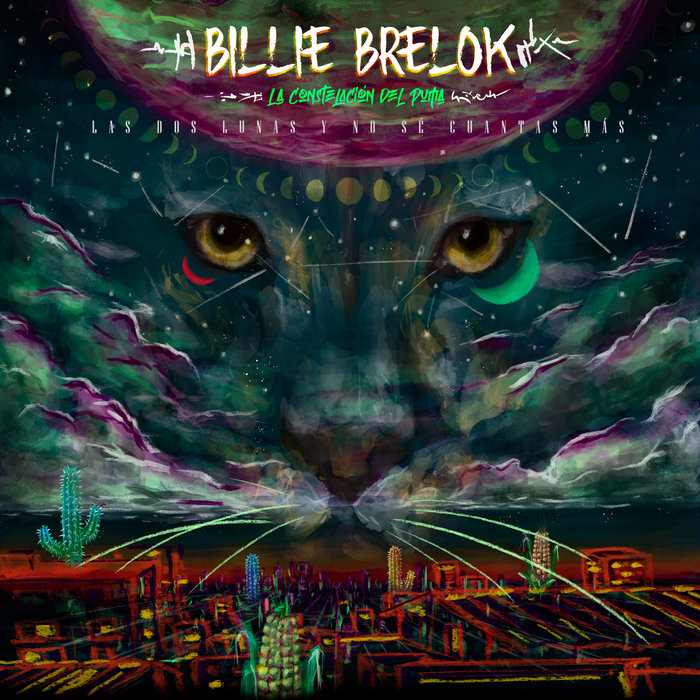
MANO A MANO – Billie Brelok
this blog is GROOVY – check out great Soul, Funk, Jazz, Hip Hop, Bass, Breaks , Reggae, House n many more TUNES
Hey there, music lovers! Grab your headphones and let’s take a funky ride through the vibrant history of Nanterre’s music scene. Nestled just west of Paris, Nanterre has always been a melting pot of cultures and sounds that have left their mark on the French music landscape. So, buckle up as we groove through time!
Nanterre may not be the first place you think of when talking about musical hotspots in France, but this town has got some serious rhythm! From its roots in folk to its dash into rock and hip-hop, Nanterre has produced some amazing talent over the years.
Way back in the day (we’re talking pre-20th century), folk music was all the rage. Local musicians would gather to strum their guitares (that’s guitars for those not fluent in French) at community events and festivities. This is where we first see folks connecting through song—an important thread that runs deep within this town’s fabric.
Fun Fact: Some locals believed singing too loud might attract unwanted attention from “les sorcières” (the witches)! So they kept it mellow during night-time gatherings… or so they claimed!
Fast forward to the 1960s when everything changed! Influenced by global rock movements sweeping across Europe—and perhaps a bit inspired by those rebellious spirits from across the Atlantic—Nanterre began embracing electrifying guitar riffs and catchy melodies.
In 1964, after seeing The Beatles perform on TV, local garage bands started popping up like mushrooms after rain. They were clad in matching suits trying to channel that Beatlemania vibe while jamming out classics like “Twist And Shout.” Ahh yes—the birth of rock ‘n’ roll dreams!
Funny Fact: One band attempted to grow mops for hairdos resembling John Lennon but ended up resembling sheepdogs instead!
By the late 1970s/early ‘80s, punk rock burst onto the scene like an uninvited guest at a party—loudly disruptive yet undeniably exciting! Bands began forming that fused punk attitude with regional influences for something unique.
One standout example was Les Rats, who blasted out political tunes infused with local slang. Their lyrics gave voice to young people navigating life amid change—a mix of teenage angst served with a side dish of humor.
Laugh Out Loud Moment: At one concert notorious for its chaotic energy; someone accidentally unplugged all instruments mid-solo because they mistook it for an “artistic intermission!”
As we rolled into the ‘90s, hip-hop emerged as another crucial genre influencing Nanterre youth culture. Inspired mainly by Parisian artists spreading beats throughout urban landscapes, kids picked up microphones instead of guitars.
Soprano is one artist who made waves—not just within his community—but internationally too! His lyrics often reflect life’s struggles marked by humor among profound messages leading audiences down paths filled with love—and occasionally laughter amidst tears.
Hilarious Anecdote: Soprano once performed dressed as his alter ego “Le Fantomette,” a superhero character he said could only sing “undercover.” Who knew superheroes had such killer voices?
Now here we are in today’s scene—a delightful fusion where electronic vibes blend seamlessly with old-school beats while jazz merges effortlessly into hip-hop tracks like perfect dance partners twirling under disco balls!
Local festivals now pride themselves on showcasing talents from various genres creating space for diversity—from traditional world beats celebrating multicultural roots—to modern pop songs reflecting new generations coming together harmoniously despite differences—all right here in our little gem known as Nanterre!
Witty Tidbit: It’s said that if you walk around during any festival weekend—you might spot street performers engaging passersby using clever rhymes based solely off what they overhear nearby; so don’t be shocked if suddenly you’ve become part-featured act without realizing it… welcome aboard fellow performer!
In conclusion folks—whether you’re rocking out at underground clubs or enjoying sunny days lounging outside cafés listening to live musicians performing classics—it’s clear that each note strummed resonates deeply throughout every home giving shoutouts celebrating individuality wherever you go around these streets filled vibrancy waiting ever-ready echoing positive vibes flowing endlessly evolving timelessly over years past… forever groovin’ along together no matter what tune comes next! 🎶✨

MANO A MANO – Billie Brelok

DAMAS DEL CAOS feat Hechi & Pumkin – Billie Brelok